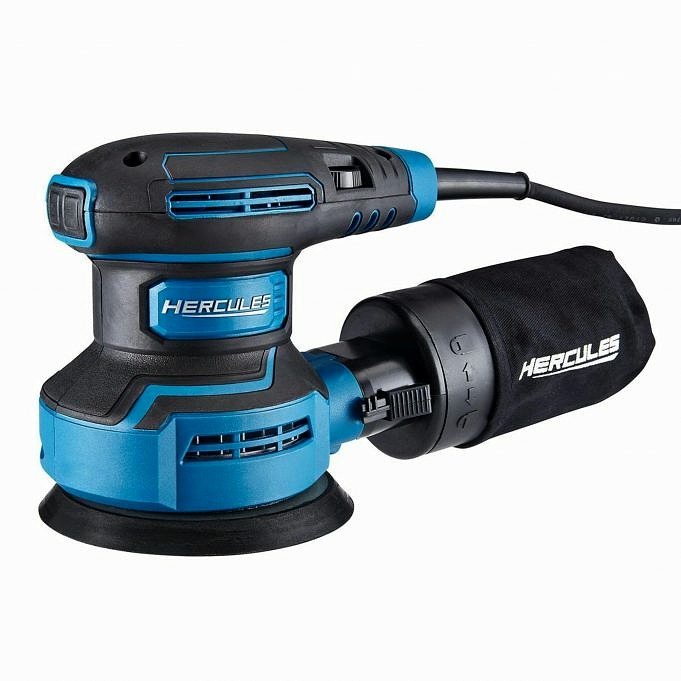These mid-size sanders take on the brunt of our sanding chores. Find out what sets them apart.
By Glen D. Huey
Pages: 58-63
Issue #171, October 2008.
Buy this issue now
As we prepared to test random-orbit sanders, we considered the vast number of tools available. To make it easier, we limited the test to 13 cm pads and variable-speed tools.
Tools with 13 cm pads are preferred because most shops carry a variety of grits in this size. Why would you choose a variable speed sander over a single speed sander that is a little more expensive? It is useful when dealing with boards that aren’t perfectly flat. For example, if you have worked glue seams with a scraper, and left a slight valley in the surface. As you move through that valley, a sander can go wildly. The sander can walk at high speeds and leave sanding marks that need additional attention. Slower speeds allow more control.
Next, we envisioned an article full of charts demonstrating how different these sanders are. But as testing began, we discovered that each sanders does the job it is supposed to do. Each sander sands smooth, flat surfaces without leaving large swirls.
We found that the most important features of these sanders were the attributes that make them different: how the tool fits in your hand, whether it is easy to access, and how easy it is to use. Other important aspects include dust collection and whether the tool is aggressive.
From the October 2008 issue #171
Get this issue now
Product Recommendations
These are the tools and supplies we use every day in the shop. Although we may be compensated for sales made through our links, these products have been carefully chosen for their utility and quality.



